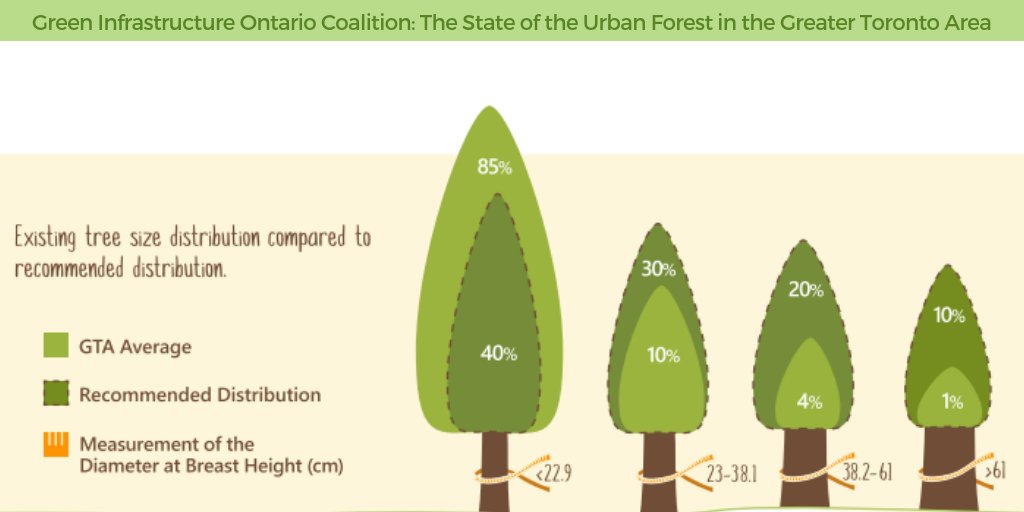Check Out Methods To Support A Successful Landscape After The Removal Of Trees
Check Out Methods To Support A Successful Landscape After The Removal Of Trees
Blog Article
Composed By-
When it concerns seasonal tree treatment, making certain appropriate administration prior to and after elimination can substantially influence the health and wellness and looks of your landscape. By comprehending the required actions involved in analyzing tree health and getting ready for removal, you can proactively secure your building. But what regarding the crucial techniques to adhere to once the tree is gone? Keep tuned to uncover the important post-removal treatment steps that will help you cultivate a successful and lasting setting for your trees.
Pre-Removal Tree Care
Prior to addressing the removal of a tree, it's important to prioritize pre-removal tree care. Start by examining the tree's health and wellness and architectural integrity. Try to find indications of condition, parasite problems, or any kind of structural concerns that might posture a safety and security risk during removal. It's important to seek advice from a certified arborist to identify the most effective strategy.
Pruning dead or diseased branches can protect against further damages to the tree and make certain a smoother removal procedure.
Additionally, consider the ecological influence of removing the tree. Trees play a crucial duty in our ecological community, so growing a new tree in a suitable location can help offset any kind of loss. Ensure that programmed facility management have the required permits and authorizations for tree elimination, specifically if the tree is safeguarded by regional guidelines.
Seasonal Maintenance Tips
Assessing your tree's demands throughout the year is essential for its health and longevity. To keep highlands tree service, llc in top condition, follow these seasonal upkeep pointers.
In spring, concentrate on trimming to eliminate dead or damaged branches and urge brand-new growth.
Summer season requires regular watering, particularly during droughts, to guarantee your tree stays hydrated.
As fall approaches, watch out for early signs of disease or stress and anxiety, and take into consideration applying compost to secure the roots during winter.
In wintertime, be cautious when getting rid of snow from branches to prevent breakage, and remain to monitor your tree's overall wellness.
Bear in mind to readjust your treatment regular based on the particular requirements of your tree species and local climate. By staying alert and positive throughout the seasons, you can help your trees prosper and grow for many years ahead.
Post-Removal Tree Care
To make certain the wellness of your landscape even after tree elimination, appropriate post-removal treatment is vital. After a tree is eliminated, it's crucial to load the remaining hole with topsoil and compact it to stop settling. This will help keep the honesty of the ground and stop potential threats in the future.
Take into consideration growing brand-new vegetation in place of the gotten rid of tree to recover the equilibrium and appearances of your landscape. On a regular basis water the area to advertise the development of new plants and prevent dirt disintegration.
Evaluate the bordering trees for any type of indications of illness or stress that may have been caused by the gotten rid of tree. Keep an eye out for bugs that might've been attracted to the previous tree and take safety nets to shield the remaining plants.
If necessary, consult with a professional arborist to examine the effect of the removal on the surrounding trees and determine any kind of additional treatment needed. By adhering to these post-removal treatment actions, you can make sure the ongoing health and elegance of your landscape.
Final thought
In conclusion, positive seasonal tree care is vital for preserving the health and balance of your landscape. By assessing tree health and wellness, trimming, and seeking advice from an arborist prior to removal, you can make sure a risk-free process. After removal, filling the hole, growing brand-new plants, and regular watering will certainly promote brand-new growth and avoid disintegration. Bear in mind to inspect surrounding trees for disease and look for further treatment procedures from an arborist to keep your landscape growing.
